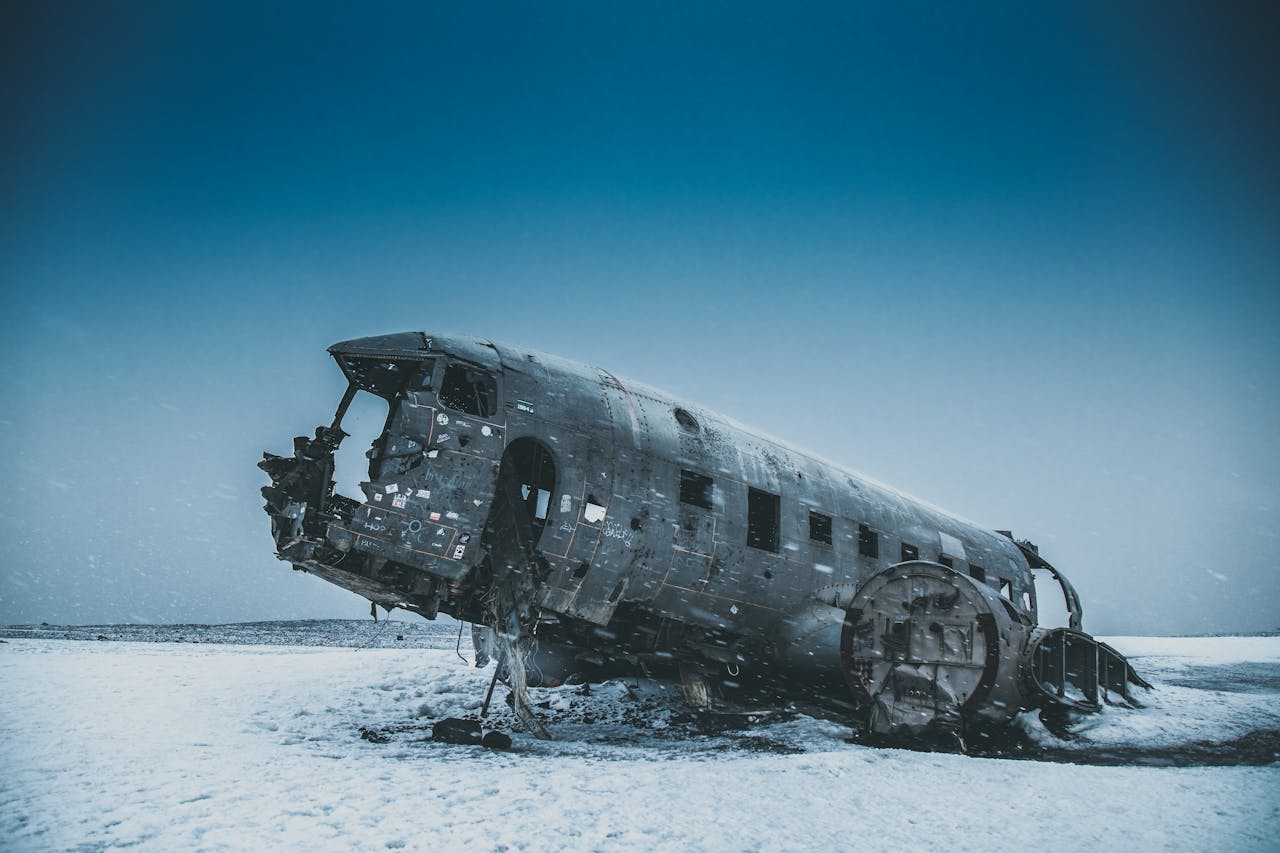In 2022, natural disasters cost the world economy $313 billion. Without a doubt, disaster relief nonprofits provide the most prominent relief support when it comes to disaster response and recovery. In this article, we will enumerate some of the impact of top disaster relief nonprofits in Ghana.

- Disaster relief Nonprofits stand out for their urgent and dedicated response to the needs of affected nations during a crisis.
- Catholic Relief Services Ghana collaborates with the Ghanaian people to address poverty through a comprehensive strategy.
What are the top disaster relief Nonprofits in Ghana?
Here are some of the most renowned disaster relief nonprofits in Ghana.
1. ActionAid Ghana (AAG)
A large number of Ghanaians rely solely on subsistence farming to survive as a result of the erratic weather patterns which for the most part cause droughts and floods. As a result, several households most especially within the northern region suffer acute food shortages.
ActionAid commenced its operation in the country in 1990 and again in 2005. The nonprofit carries out its operation across 57 districts in eleven regions. Altogether, they include the Upper East, Upper West, Northern, Savannah, North East, Brong Ahafo, Bono East, Ahafo, Oti, Volta, and Greater Accra. Presently, ActionAid Ghana works with almost two million poor people.
AAG supports the fundamental needs and rights of those who are impoverished. Additionally, the nonprofit collaborates with the government, neighbourhood associations, partners, and other parties to create policies that improve people’s quality of life or alter behaviours and regulations that negatively impact their lives.
2. IRC Ghana
In 2020, IRC Ghana in collaboration with Latter-day Saints gave items worth $25000 in COVID-19 relief to the Kumasi Metropolitan Assembly (KMA). The nonprofit takes great pride in addressing underlying issues and providing comprehensive solutions.
IRC supports collective action by parenting with government, businesses, NGOs, civic associations, and entrepreneurs. Also, to enhance efficacy in providing enduring long-term solutions, IRC collaborates with banks, funders, and various other organisations both locally and globally.
3. CORE
CORE is a crisis response group that provides impoverished communities across the globe with emergency assistance and rehabilitation. Hence, when a crisis occurs, the nonprofit acts quickly to close gaps, gather resources, and foster cooperation and trust among communities to ensure they overcome harmful cycles.
CORE, in 2010, was founded to rescue lives after the occurrence of natural disasters. In times of crisis, the nonprofit responds swiftly and methodically to meet the pressing needs on the ground, going above and beyond to preserve lives and maintain order in the neighbourhood.
4. Catholic Relief Services Ghana
Catholic Relief Services Ghana collaborates with the Ghanaian people to address poverty through a comprehensive strategy. In addition, the nonprofit adopts initiatives to strengthen community savings and lending. They also work to increase access to clean water and sanitation, to improve mother and child health, and to scale up agricultural production.
Essentially, CRS seeks to raise the standard of care for entire communities by providing emergency transport systems, medical supplies, and staff training to towns and health facilities. The nonprofit however prioritises the improvement of water, sanitation, and hygiene. To this end, CRS Ghana has contributed to the growth of the country since 1958. In 2021, the nonprofit’s work strengthened national systems and had an impact on over 1.2 million people in 33 districts.
5. World Vision Ghana
Since 1979, World Vision has been at the forefront of creating a better world for kids, families, and communities throughout Ghana. In an effort to reduce the number of instances of typhoid and diarrhoea, World Vision Ghana’s Agortime Area Program provided water systems to eight communities with an anticipated reach of over 15,000 individuals. Also, the nonprofit has collaborated with various stakeholders, including the District Assembly, Ghana Health Service, the Community Water Management Committee, and residents, to implement maintenance protocols.
Conclusion
Without a doubt, the poor are most disproportionately affected by disasters. Likewise, low- and middle-income nations lack the infrastructure necessary for effective response thereby resulting in high mortality rates. The disaster relief nonprofits outlined in this article stand out for their urgent and dedicated response to the needs of affected people during a crisis.
If this article resonates with you, we welcome your thoughts, suggestions, and questions.



One Response